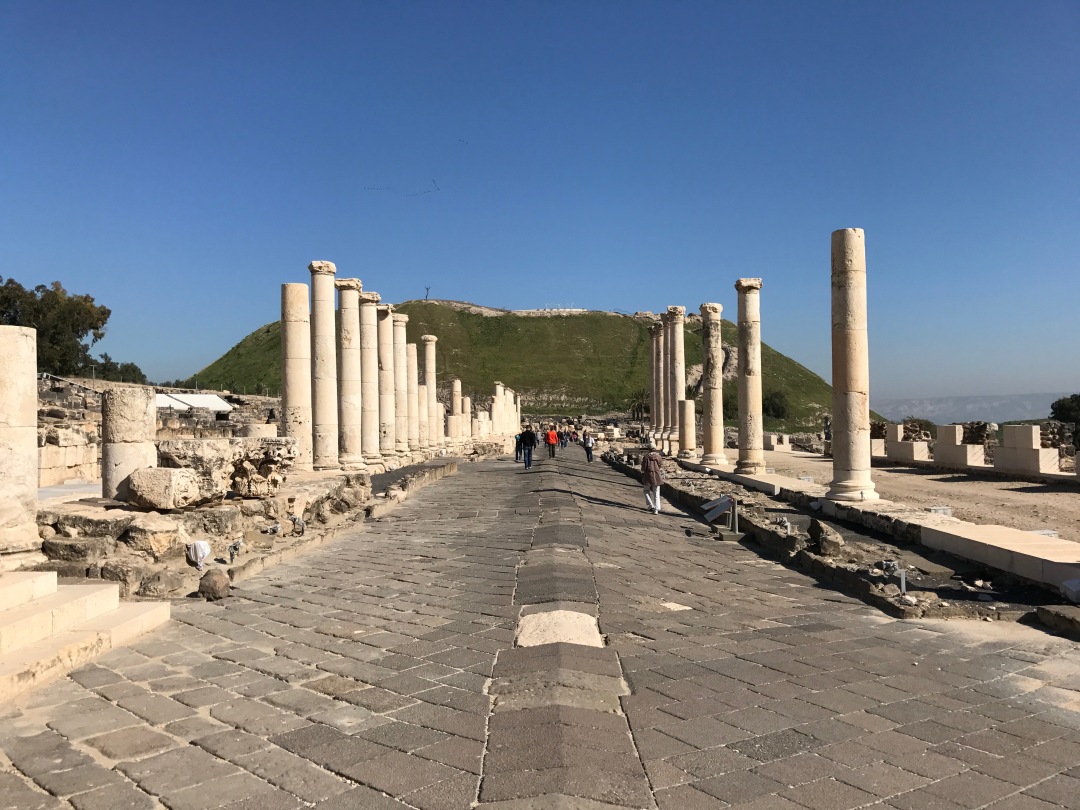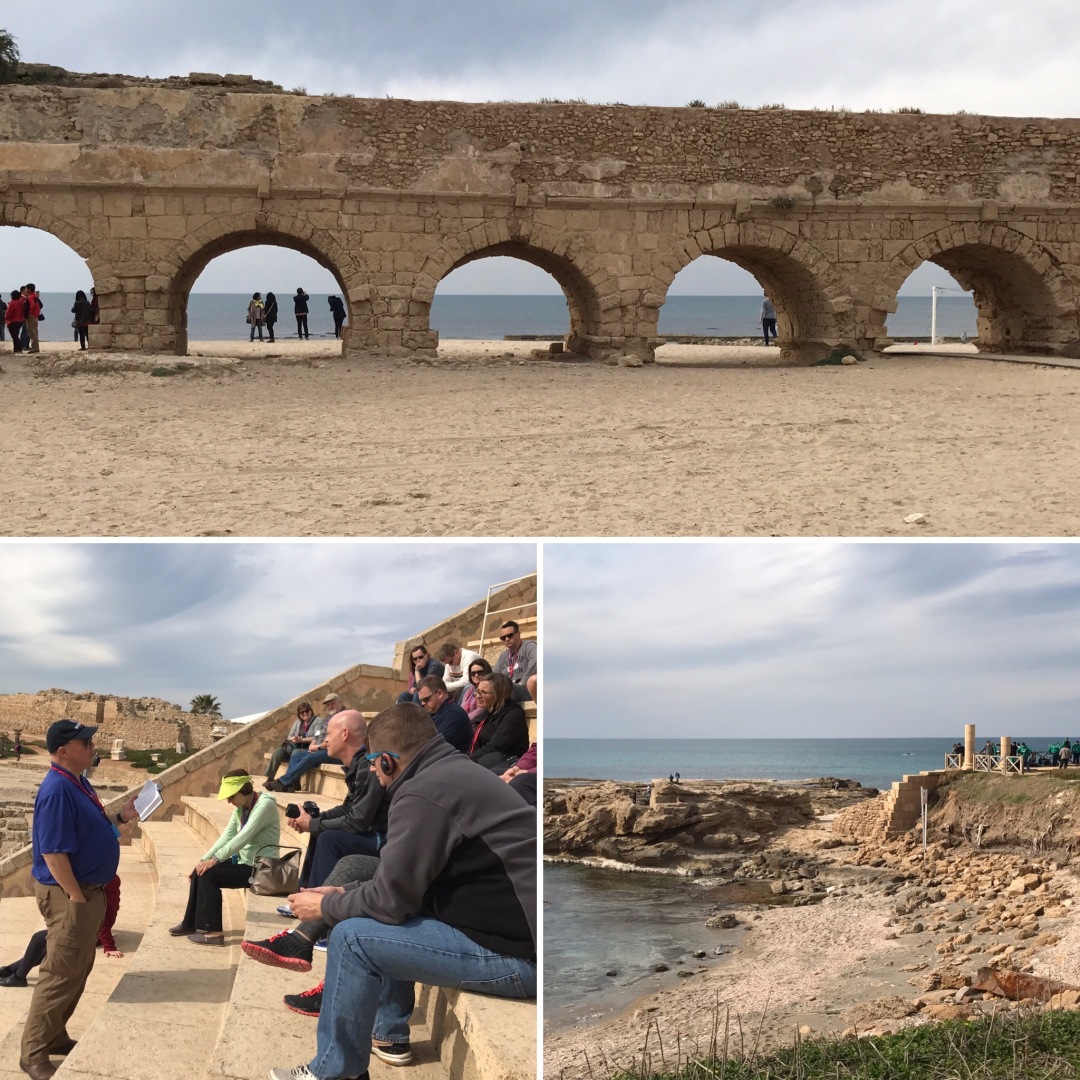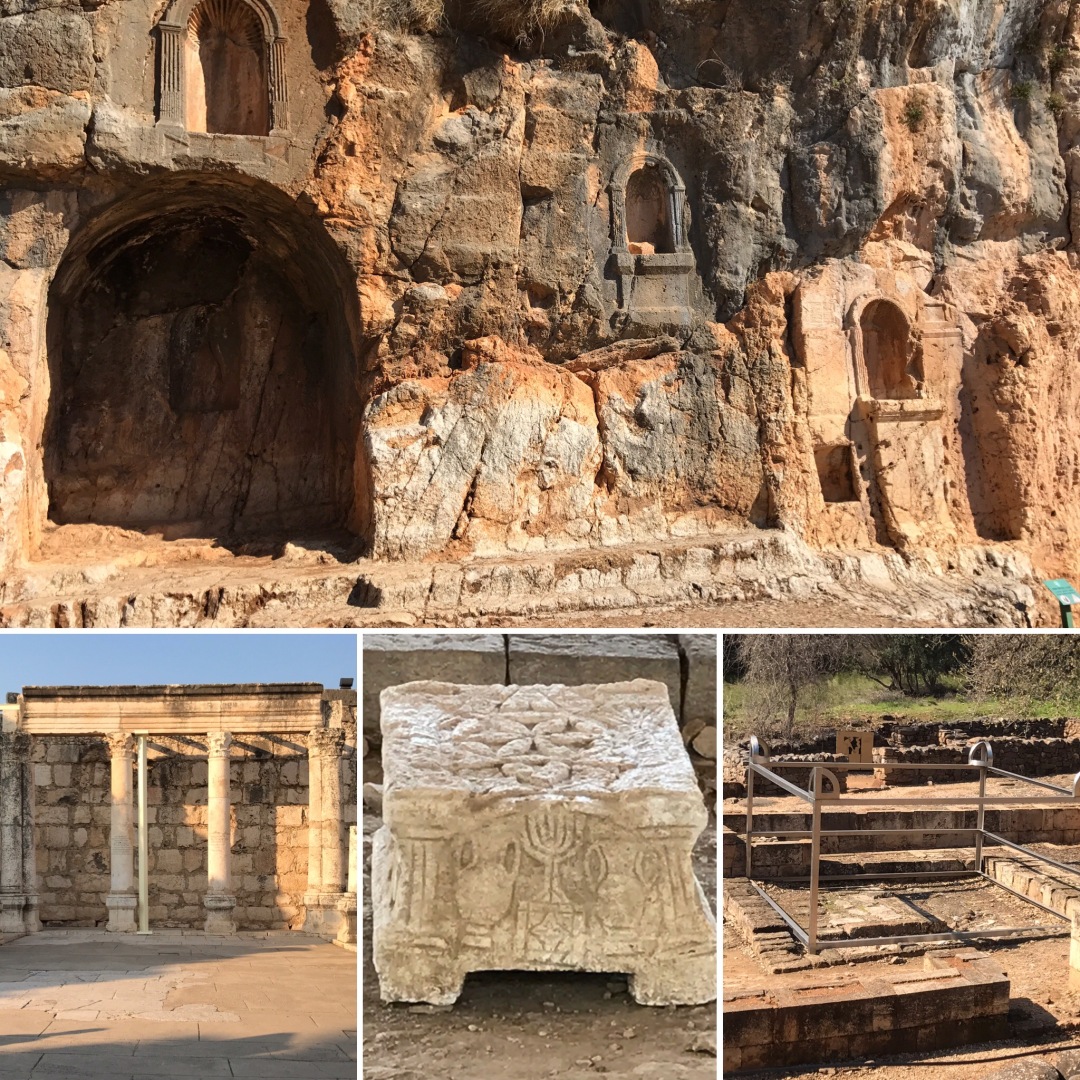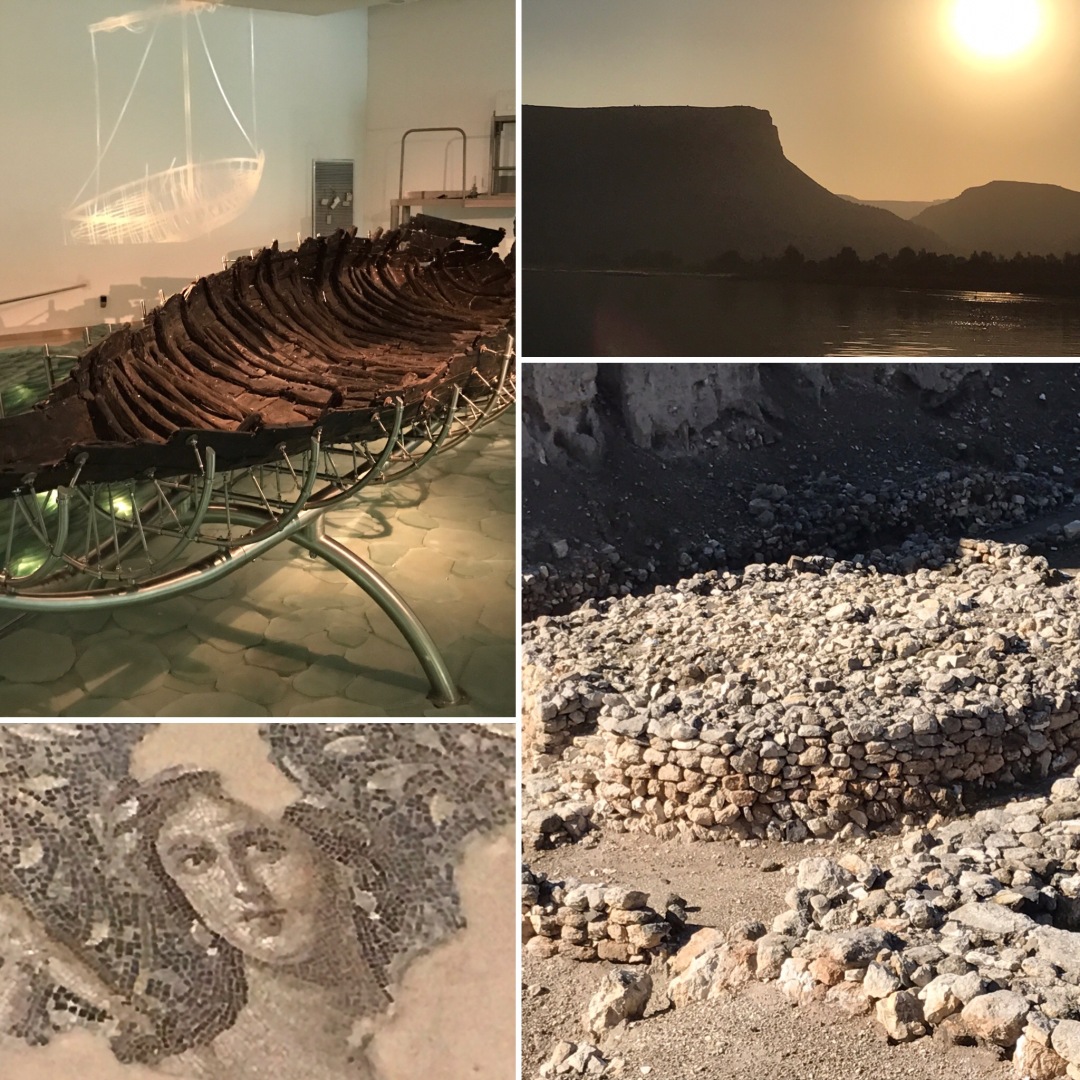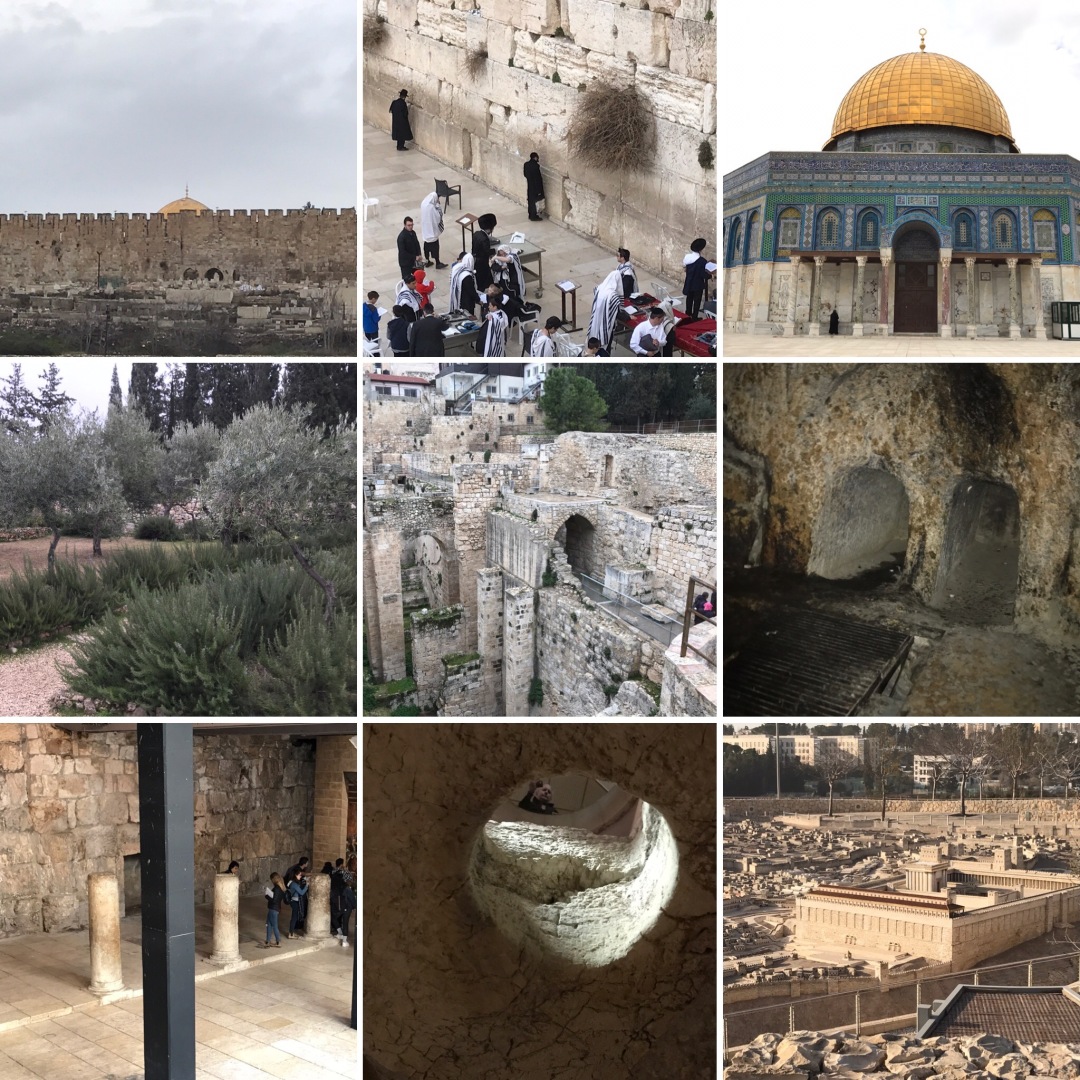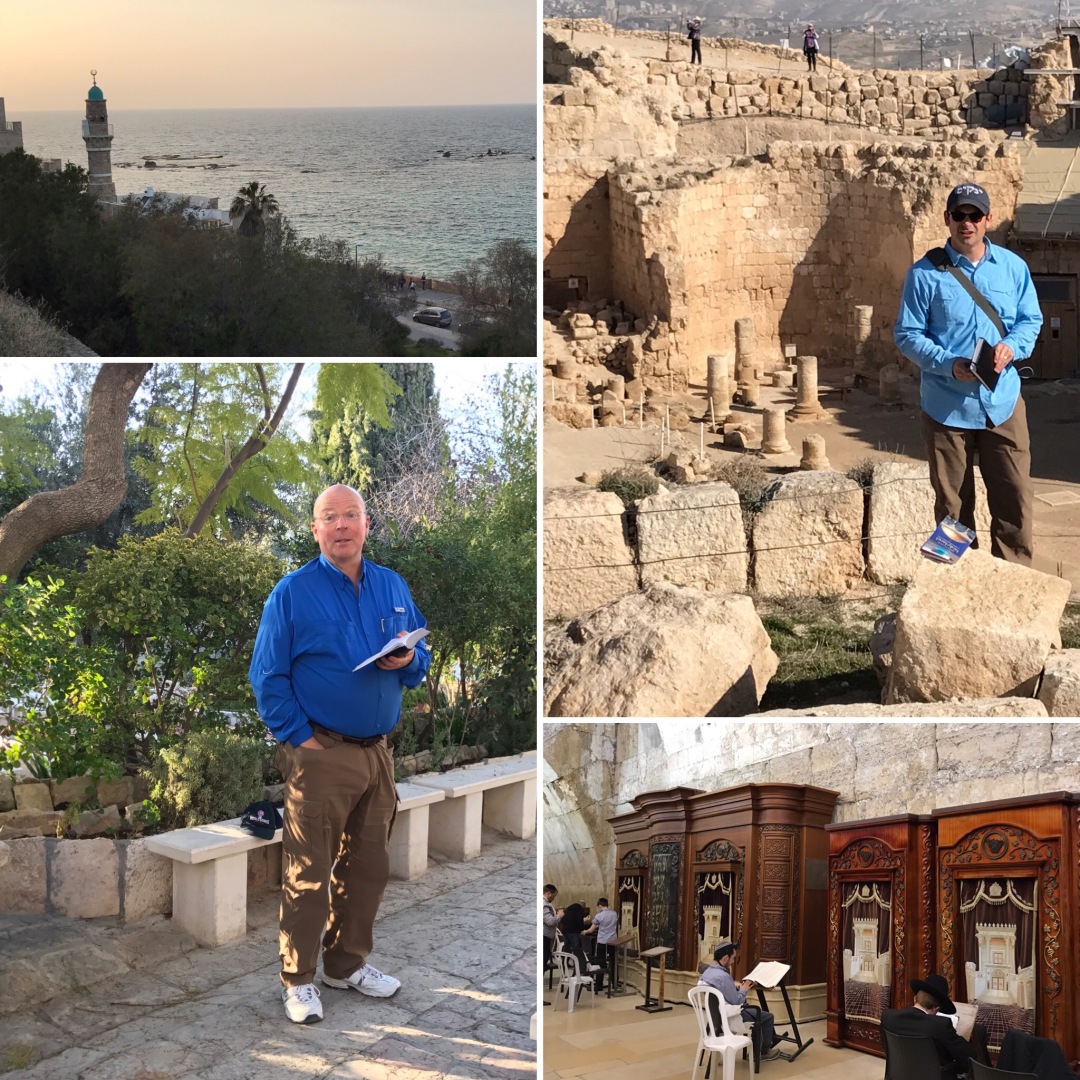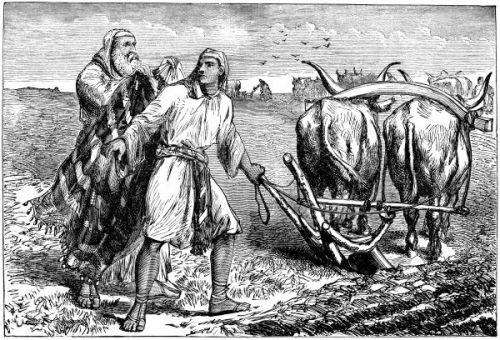
Waiting on God is hard. We’ve all been there – and the book of Habakkuk give us hope and a way forward in these seasons. This is the prophet’s real-time wrestling with fear, doubt, and disappointment.
(1) Miss a week? Catch-up here.
Week 1 – Habakkuk 1
Week 2 – Habakkuk 2
Week 3 – Habakkuk 3
(2) Study Aids!
>The crew at “The Bible Project” does a great job with book overviews. Here’s a snapshot of Habakkuk’s structure and themes!

Walking with God through Pain and Suffering, by Tim Keller (Christian Living)
*Full of wisdom and clarity, Keller helps us see suffering from the perspective of the cross and God’s redemptive heart.
The Dangerous Act of Worship, by Mark Labberton (Christian Living)
*The Hebrew prophets connect our worship and our practice of justice. Labberton explores that connection in this challenging but accessible work.
Plowshares and Pruning Hooks, by D. Brent Sandy (Biblical Studies)
*Not for the light of heart, Sandy provides an in-depth guide to interpreting the works of the biblical prophets.
(4) Action Steps:
>In our pain, riddled with whys, ask God to move you from fear to faith. Are you calling out to God in faith? Maybe baptism is your next step. Baptism is an opportunity to go public with your faith – to identify with Jesus’ work on your behalf. Contact the office to talk with a pastor (217-277-7772; office@lifepointqcy.org).
>Waiting on God can make you bitter or better. Are you stuck in bitterness? You weren’t meant to walk that path alone. Talk to a friend, a LifeGroup leader, or set-up a time to talk with a pastor (see contact info above).
>Because the Lord is my strength, I can worship even in my weeping. Need some inspiration? Need to hear that song from Sunday again? You can check-out songs from our Sunday gatherings via Spotify here.
LifePoint, like the prophet, may we learn to worship even in our weeping: “Though the fig tree does not bud and there are no grapes on the vine… yet I will rejoice in the Lord. I will take joy in the God of my salvation.” (Hab. 3:17-18).
LifePoint, rejoice: We have a Savior!
– Brett



